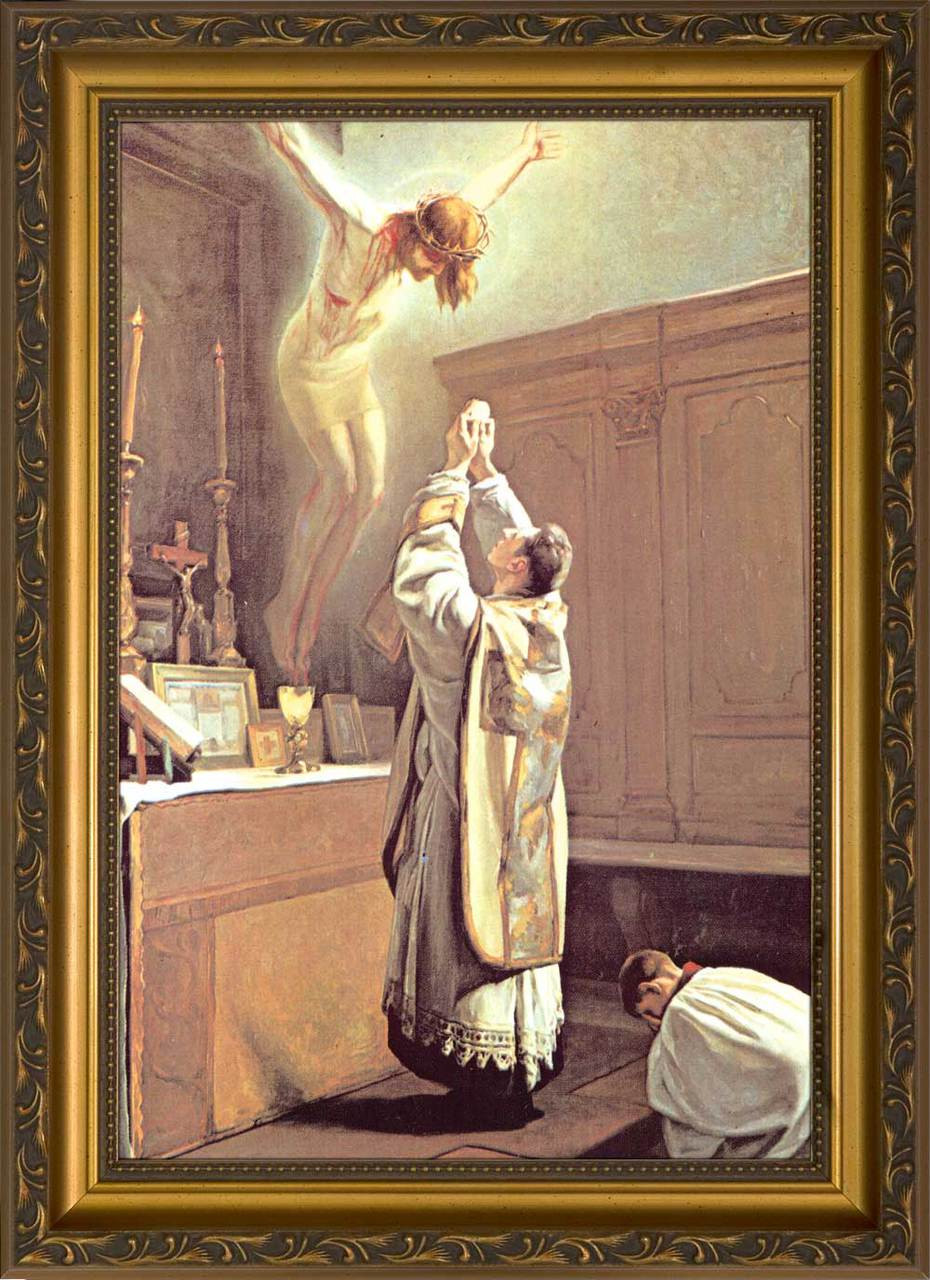The Sacrifice of the Holy Mass
The Sacrifice of the Holy Mass is understood by Catholics as a true and proper sacrifice, which is the same as the sacrifice of Christ on Calvary but offered in an unbloody manner. This understanding is rooted in the teachings of the Church, particularly articulated during the Council of Trent and reaffirmed by Vatican II.
Understanding Sacrifice
To comprehend the nature of the Holy Mass as a sacrifice, it is essential to define what a sacrifice entails. A sacrifice, in Catholic theology, involves offering a victim to God by an authorized priest, acknowledging God’s supreme dominion over all creation. The Mass fulfills this definition through its structure and purpose.
Elements of Sacrifice: According to Catholic teaching, every sacrifice consists of two main elements: the outward sign (the physical act) and the interior disposition (the intention behind the act). In Isaiah 29:13, God expresses His displeasure with mere externalism—this emphasizes that both elements must be present for a true sacrifice.
Historical Context: The concept of sacrifice has deep roots in Judeo-Christian tradition. Before Christ’s ultimate sacrifice on the cross, various forms of sacrifices were offered in the Old Testament—these were often bloody offerings that prefigured Christ’s singular act of redemption.
The Nature of the Mass
The Mass is described as a continuation or renewal of Christ’s sacrifice on Calvary. This relationship can be broken down into several key points:
Same Victim and Priest: In every Mass, Jesus Christ Himself is both the principal priest and victim being offered. While He physically died once on Calvary, His presence in the Eucharist allows for His sacrificial offering to be made present again in an unbloody manner.
Double Consecration: The most critical moment in the Mass occurs during the double consecration when bread and wine are transformed into Christ’s Body and Blood. This separation symbolizes His death on the cross and serves as a representation of His bloody sacrifice.
Obedience to God: The essence of this sacrificial act lies not only in its ritualistic components but also in obedience to God’s will—an aspect emphasized throughout Scripture (e.g., Romans 5:19).
Participation in Sacrifice
The faithful participate actively in this sacrificial offering:
Royal Priesthood: Vatican II teaches that all baptized Christians share in a “royal priesthood,” meaning they can offer their lives alongside Christ’s offering during Mass through their prayers, works, sufferings, and joys.
Communal Aspect: The congregation joins with the priest during Mass; their intentions unite with those expressed by him at the altar, creating a communal offering to God.
Spiritual Fruits: Each Mass offers spiritual benefits not only for those present but also for those who are deceased or unable to attend—highlighting its communal nature within the Church.
Conclusion
In summary, the Holy Mass is regarded as a true and proper sacrifice because it embodies both an outward sign (the ritual actions performed) and an interior disposition (the faithful’s intentions united with Christ’s). It represents not just a memorial but an actual participation in Christ’s one eternal sacrifice, making it central to Catholic worship and spirituality.
The probability that this answer accurately reflects Catholic teaching on the Sacrifice of the Holy Mass is high based on authoritative sources from Church doctrine.











No comments:
Post a Comment